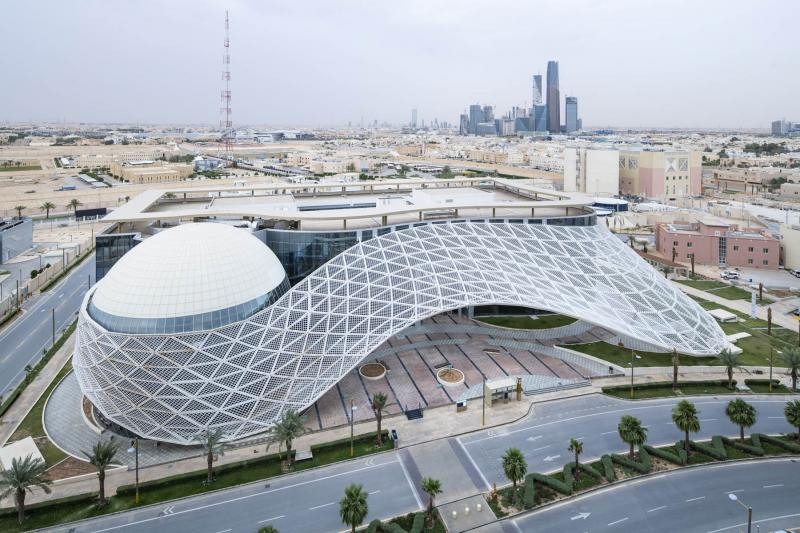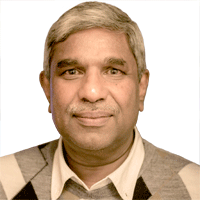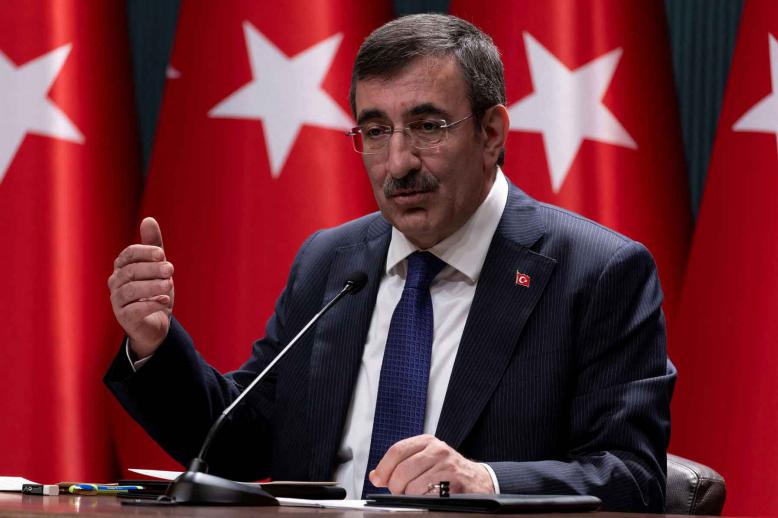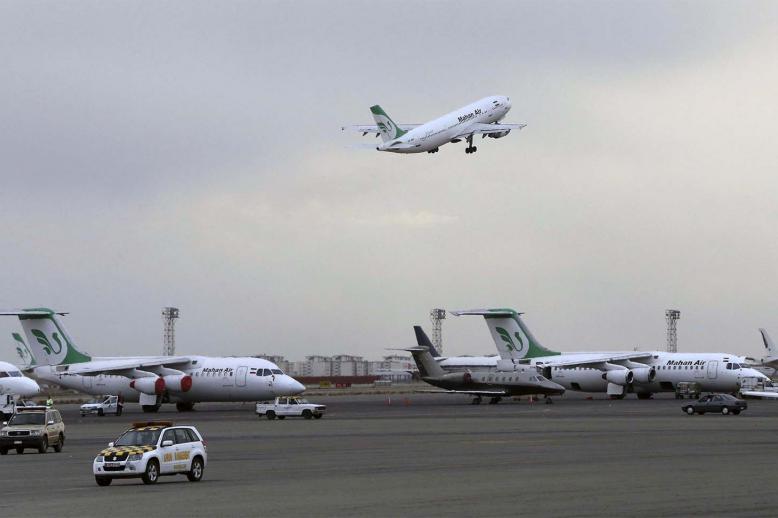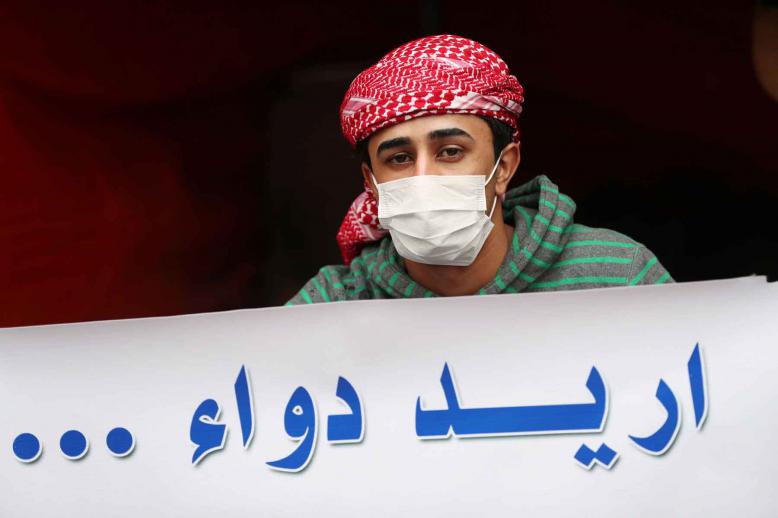Saudi housing sector undergoes major transformation
DUBAI - Saudi Arabia’s housing sector is embarking on a major expansion through Saudi Vision 2030, which aims to enable families to own suitable and affordable accommodation.
Investment in the real estate financing sector was expected to reach $21.3 billion in 2019 and one of the key targets of the Saudi Ministry of Housing is to increase Saudi home ownership to 70% by 2030.
“Various initiatives are under way to achieve this objective, including the Sakani affordable housing programme and the various regulatory efforts to expand the mortgage market,” said Raya Majdalani, research manager of global real estate consultants Knight Frank.
The Sakani programme, begun in 2017 by the Ministry of Housing, aims to ensure housing for all.
“Saudi Arabia is now in the third year of the programme. Around 580,000 (financing) products were allocated in 2017 and 2018 including mortgage loans, cost-free land plots and off-plan residential units. In 2019, the target is to allocate 200,000 additional products across the different regions,” Majdalani said.
The Housing Ministry is collaborating with the private sector “giving private developers incentives to build high-quality residential units that meet the citizens’ needs at affordable prices,” she said.
Financial incentives include subsidised loans, increased floor-area ratios and guarantees to purchase the unsold houses.
Waleed Alessia, CEO of Saudi state-owned property developer Raza, said the economic transformation under way in Saudi Arabia was having an effect “on all areas of Saudi life and the future prospects for Saudi citizens.”
“Saudi Arabia’s current challenge in real estate remains to deliver flexible and contemporary real estate facilities in response to the rapidly changing nature of the market, in both commercial and residential spaces,” he said.
Alessia said that many landlords, faced with depressed demand and rents, were “caught off guard by buyers’ evolving needs and preferences.”
Majdalani said he expected the Saudi housing market to benefit from an increasing number of public-private partnerships as part of a strategy to attract private investment.
Majdalani pointed to statistics from the Saudi Arabian Monetary Authority that showed a steady acceleration in real estate loans by banks: 8% in 2016, 10% in 2017 and 16% in 2018, reaching $37.6 billion. At the same time, corporate real estate loans by banks increased 10% in 2018 and 2017 and 9% in 2016, reaching $26.4 billion.
These trends imply that Saudi banks had been allocating an increasing share of their loan portfolios to housing and real estate development, as overall loan growth remained subdued over the period.
Majdalani said the main support for real estate financing was through the Real Estate Development Fund and the Saudi Refinance Company, which were “playing a key role in meeting the government’s ambitious target to increase the mortgage market to $133.3 billion by 2020.”
Alessia said master developers were realising that they need to incorporate “community” features into their mixed-use developments at an early stage. “If not, the effect would be felt for years as the industry fails to satisfy market needs and the aspirations of the Vision 2030 generation go unrealised,” he said.
This provides an opportunity for Saudi institutional property developers and operators to focus on developing integrated communities targeting millennials and unlock success for Saudi real estate.
“In this context, placemaking is a critical ingredient, which, if done right, has the potential to transform the way people live, work and play in the kingdom,” Alessia noted.
He said placemaking helped developers enhance the value of their assets and generate a revenue stream to offset development and operational costs.
Riyadh has hundreds of square kilometres of housing, he said, “but very few neighbourhoods. The place makers will help policymakers create such urban magnets.”
Urban planners view mixed-use developments, which create communities where none had existed “as the answer to 21st-century city living,” Alessia said
“Digital City in Riyadh has proved to be a great success in the mixed-use market. The Diplomatic Quarter development has won similar plaudits and customer appreciation. The upcoming Jeddah Obhur project offers another example of a successful approach to placemaking in the kingdom,” Alessia said.
Majdalani observed: “We are seeing a shift from traditional stand-alone properties towards community, lifestyle-focused developments offering modern amenities. This trend is consistent with the change in buyers’ profile given the young and growing population whose tastes are fast changing and developing in line with global trends.”
This article was originally published in The Arab Weekly.


